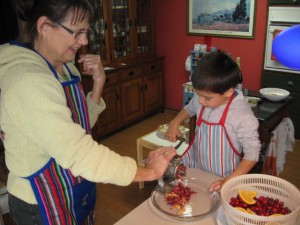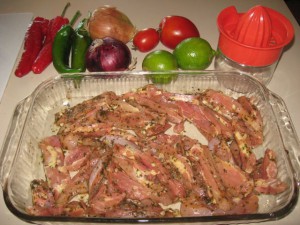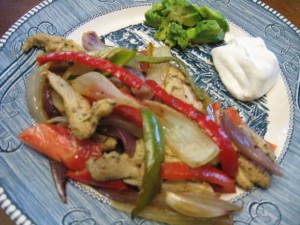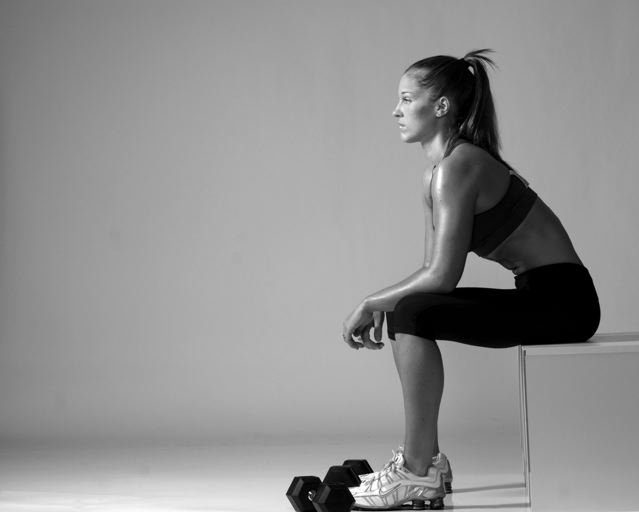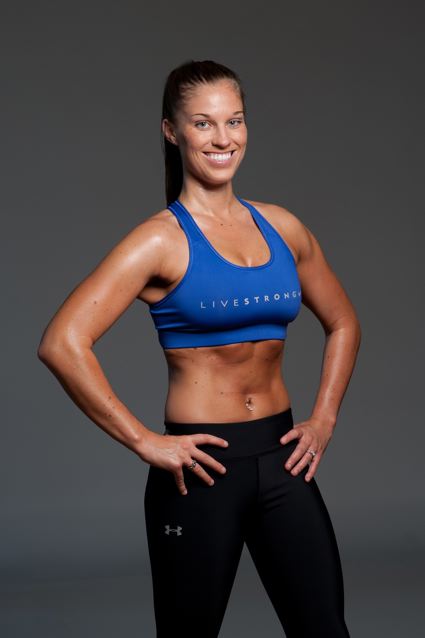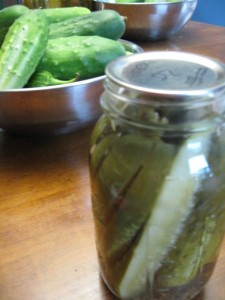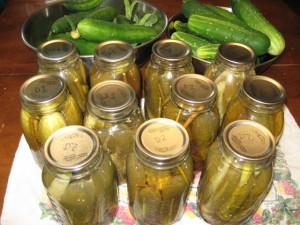Give the Gift of Health for 2014
A workout video, subscription to a fitness magazine, exercise bands, cooking class, and personal training sessions. These all make great stocking stuffers this holiday season. The difference between these gift ideas and the latest techie gadgets is that you’re giving the gift of health. You’re helping your father lower his cholesterol. You’re helping your daughter like what she sees in the mirror. You’re helping your grandmother improve her mobility and be pain-free. You’re helping your brother improve his tennis game. By giving the gift of health, you’re contributing to a life-long journey of growing, learning, improving, having fun and being challenged. It’s all about the experience.
Personal training has allowed me to be an impact player in the lives of hundreds of people. To be a guide, coach, teacher and mentor. I particularly enjoy training one-on-one. My clients are often more comfortable and more focused. And since I have a private studio there are fewer distractions. I take a holistic approach to health and fitness and train my clients more by feel than by following a pre-fabricated workout routine. Pilates, boxing, weight lifting, dynamic stretching, rehab (from injury or post-surgery) and suspension training are just a few exercise strategies that I employ.
Most of all, I try to make training a fun experience. In my opinion, having fun is the #1 ingredient to a successful and long-lasting fitness plan. When you’re having fun, you’re relaxed. When you’re relaxed, your muscles are loose and less likely to be strained during a workout. When you’re having fun, you can breathe fuller and easier. When you’re having fun, you can concentrate for longer periods of time. When you’re having fun, you want to keep having fun :) If something is not fun, how long will you keep doing it? And why keep doing it? For fast results? How long will that last? Health and fitness is not about deprivation, restraint, restriction or will-power. It’s a journey. A lifelong pursuit. Here’s to your health.



